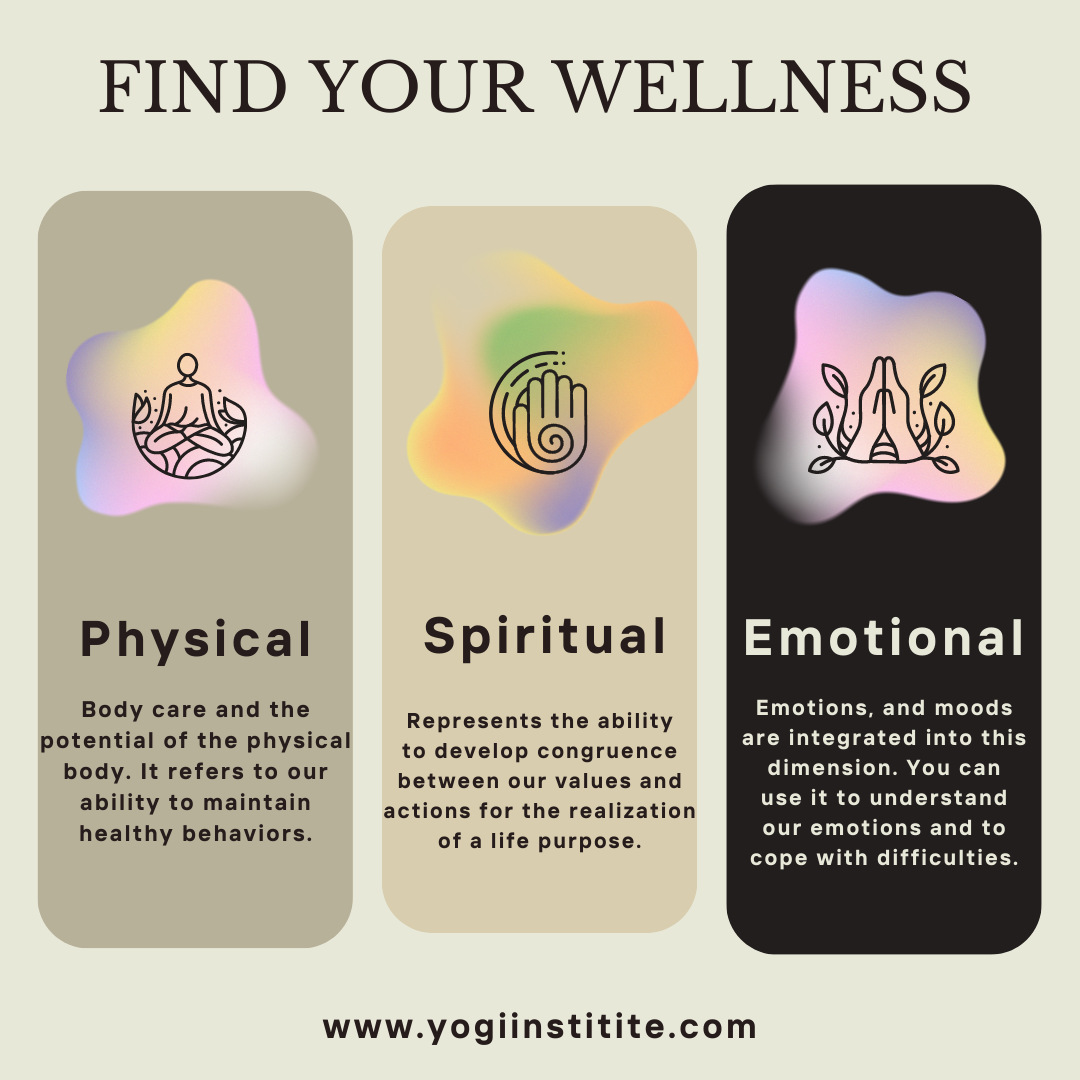What Is Wellness?
What Is Wellness?
Wellness is when we feel good. This feeling of good is not just in our bodies but in our overall selves.
I see the human in layers. The most external layer is our energy self, the part of us that extends outside of our bodies. Have you ever had a sad feeling when someone walked in the door? That is the energy body. The energy body can be unwell due to other parts of our whole being.
The next layer is our physical self. This is the most obvious place for us to experience wellness or the opposite which can manifest as disease, injury or dysfunction. When our body is well it functions as we need it to with ease and energy. Our bones and muscles stabilize us, our joints allow for frictionless ease of movement, our digestion is regular, we sleep soundly and our hormones are balanced. Overall physical wellness offers us a feeling of vitality, ease and energy that can carry us through our day.
The next layer of wellness is on our minds. When our minds are well our thoughts are pleasant, our mind is not being eaten alive with doubt. This doesn’t mean that we don’t have negative thoughts occasionally but that’s not our overall dominant state of mind. In the Kundalini yoga philosophy there are 10 light bodies, of these 10 light bodies there are 3 bodies connected to the mind; negative, positive and neutral mind. Understanding this helped me to appreciate my entire intellect. The negative mind is responsible for protection and safety. It may think “Don’t run into traffic or you may be hit by a car.” The positive mind is always looking for the silver lining or lesson in any situation with thoughts like “This is a bad situation but it did have a positive outcome.” And the neutral mind is looking for truth and facts, no negative or positive, just what is “My spouse and I see things differently and that is ok.” Knowing that wellness in this part of us involves all 3 of these minds as well as our imagination, deductive reasoning, interpretation and so much more we are able to find peace in our minds.
We then look at emotional wellness and how we feel. There are times in life when our emotions are less positive when we feel our needs aren’t being met or we are sad about a particular situation or we are grieving. Wellness in this layer of our being comes from awareness and knowing that emotions are literally that ENERGY IN MOTION and they will continuously pass. Emotional wellness is the willingness to feel whatever it is and be ok with it, knowing that we will be ok and are in a constant state of changing emotions. Even if I am overwhelmed with a negative emotion I remind myself to be thankful because the opposite of feeling is numbness and how boring and colourless would life be without the emotional spectrum.
We then come to the deepest part of ourselves and what wellness means to our soul or spirit. We are well in this part of ourselves when we feel connected to a higher power, when we are connected to our intuition and when we have a feeling of oneness. This may not be our feeling all of the time because we are here to have a separate experience of being a human. Does that idea make you scratch your head? It does for me quite often but it also reminds me that wellness is a path, not a destination. We will never come to a place in life and not need to be aware and tend to our wellness.
Let’s Look Deeper. How Do We Measure Wellness?
What brought me to a deep focus and desire to look at wellness was the current medical system, it is designed for illness, not wellness. I don’t want to go into that rabbit hole, but it is what lead me to want to create a system of wellness. When we do things for wellness we take our health into our own hands but from an empowered standpoint. We start making decisions and doing things not so that we don’t feel bad but so that we feel good. For example, I feel so much better when I prepare my own healthy and nutritious meals. I have developed a love for cooking and putting love into every dish I prepare. There are other reasons I could choose not to eat out like to save money or to eat more healthily, but I do it because I genuinely feel better when I eat food I’ve prepared for myself. This is just one simple example.
There are many different ways to measure wellness. Here are a few to consider:
Appetite
Sexual desire
Energy levels
Social interactions
Mental clarity and focus
Work accomplishments
Quality of sleep
Ease of movement in the body
Manageable stress levels
The ability to disconnect
Range of emotions
Bowel movements
Connection to intuition
A feeling of contentment and overall wellbeing
We measure wellness by connecting to ourselves, our energy, bodies, minds, emotions and spirit. We increase our wellness by listening to those different layers of ourselves and doing what we need to nurture and show compassion and love. Often we rely solely on our minds, but there is so much more wisdom within us and sometimes our minds get in our way. Sometimes we have to distract the mind to connect to the body or exhaust the body to connect to the soul or get still in order to feel our own energy. This is a constant practice and there is no exact formula that works 100% of the time for 100% of humans. It is a dance a path of wellness that lasts our lifetime. It is never done, we never get it wrong and we will always have the opportunity to connect to our wellness is different ways.
Yogi Institute Online Classes Are A Wellness System
Through our daily yoga practice, we are creating the space for awareness and wellness in the different layers of ourselves.
The Yogi Institute philosophy is that some form of yoga not only CAN be practiced daily but should be practiced daily to live a healthy, fulfilled and joyful life of wellness. This is why the weekly schedule is the way it is, there are physically and mentally challenging practices and there are relaxing practices that help us soothe our nervous system and connect more deeply to our hearts and higher self. The schedule is as follows and when you practice 5-6 days a week for just 30 minutes per day you are affecting your whole self, all of the layers of wellness.
Monday Energy Vinyasa: Physical; mobility, strength and ease of movement
Thursday Awaken Kundalini: Spiritual & Emotional; this practice connects us with our higher self, our inner teacher
Wednesday Connect Restorative: Soothes our nervous system and slows our mind and body for rest and recovery
Thursday Strength: Physical & Mental; Prevention of muscle atrophy and mental strength
Friday Empower Yin: Mental health; This benefits the connective tissue in our bodies but even more so we observe our mind in stillness
Saturday Fusion: All of the above, just have fun with it
When looking at the traditional definition of yoga which is union and interpreting that union not only as the union of body, mind and spirit but also the union of intention and action, search and discovery and the unity of bringing together like-hearted souls. In this way, yoga can become a way of being, a way of seeing the world within us and around us. Yoga can become a path of wellness, awareness, compassion and love for ourselves and others.
The Yogi Institute philosophy is that change must start within and yoga is a tool or a catalyst for such change. It can deliver us to a deeper understanding of ourselves and it is through that understanding or awareness that we can truly create sustainable, long-lasting, desired changes in our lives. These changes can be connected to our beliefs, perspectives, desires, values, relationships, careers AND bodies.
As your commitment to your daily practice deepens and yoga becomes a part of who you are, transformation will occur. You may feel naturally drawn to wellness in different ways that you or I can not predict. Embrace the never-ending journey of wellness with me and know you are never alone!







